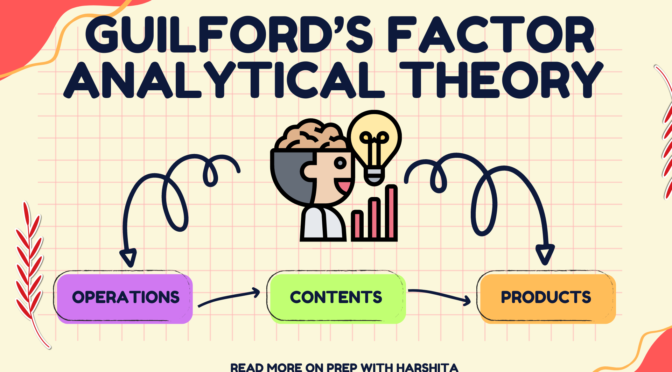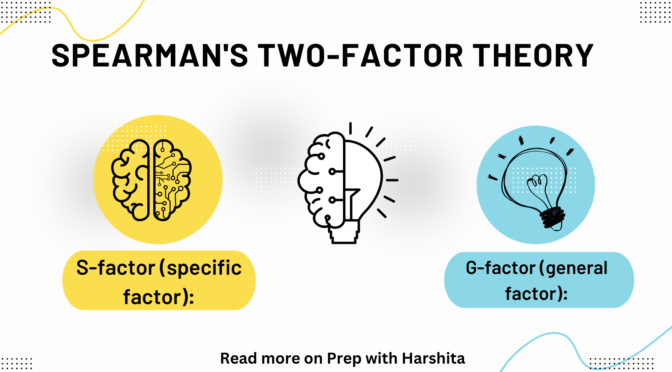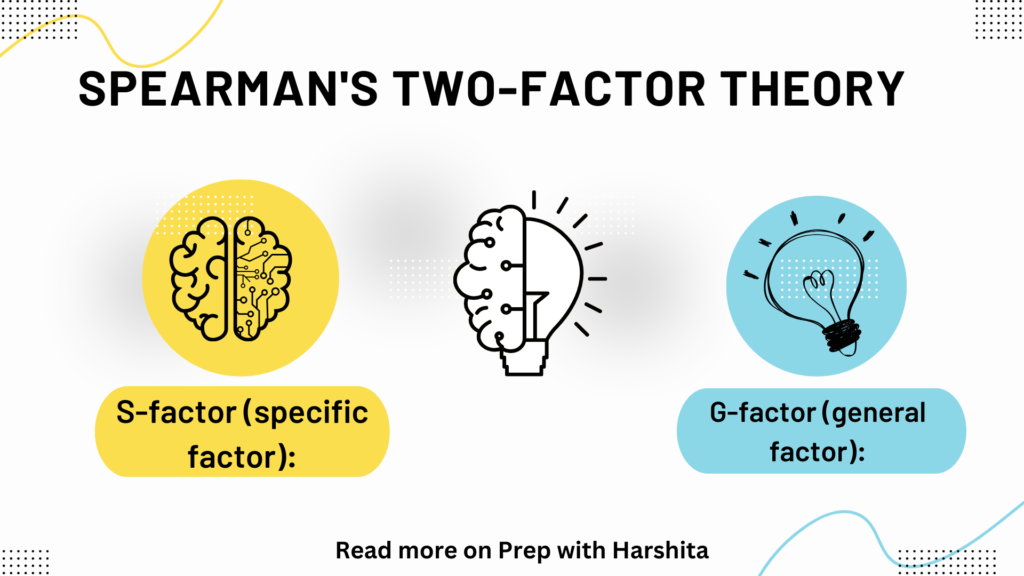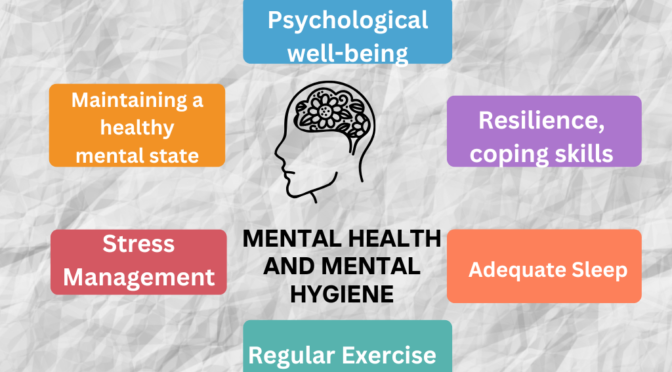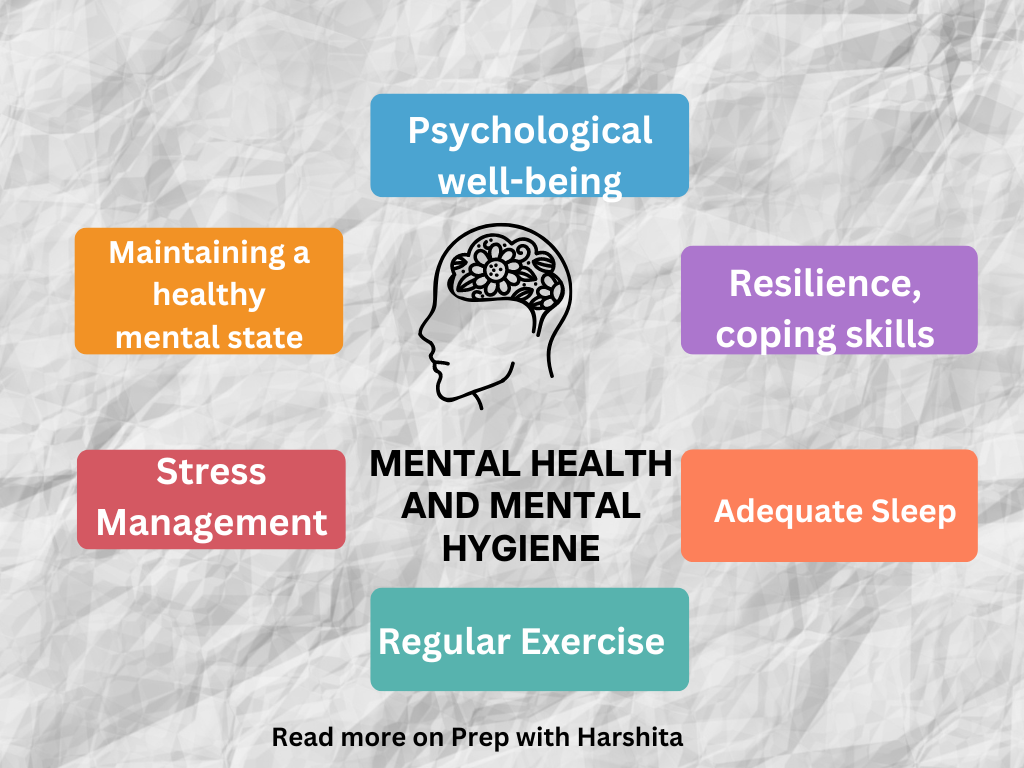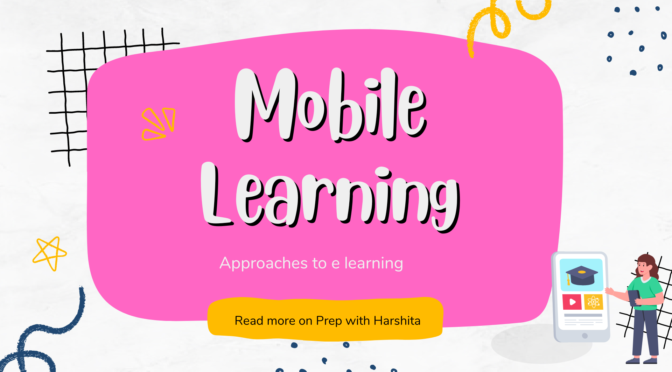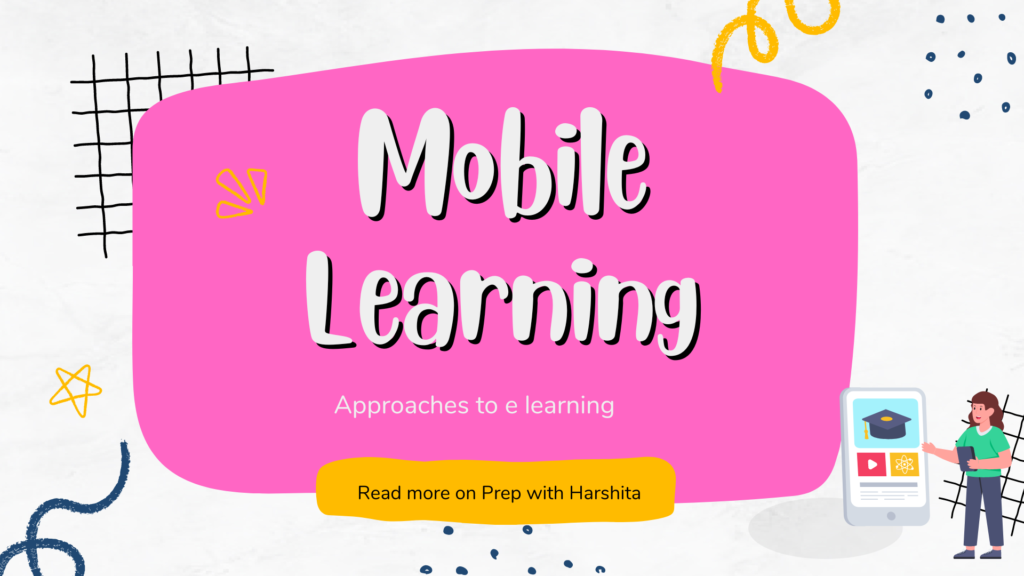A rubric is a systematic and detailed scoring or grading guide used to evaluate a student’s performance on a particular task or assignment. It provides a clear set of criteria and standards for assessing different aspects of the work, allowing for consistent and objective evaluation.
Benefits of Rubrics is Assessment and Education:
Clarity of Expectations:
- A rubric defines and communicates clear expectations for what is expected in terms of performance or quality of work.
- It outlines criteria, levels of performance, and descriptions for each level, providing transparency to students about what they need to achieve.
Learning Objectives Alignment:
Rubrics are developed with learning objectives in mind. They help ensure that assessment criteria directly align with the educational goals and outcomes of a particular assignment or task.
Read More on the next page.
Also Read : Rubric


